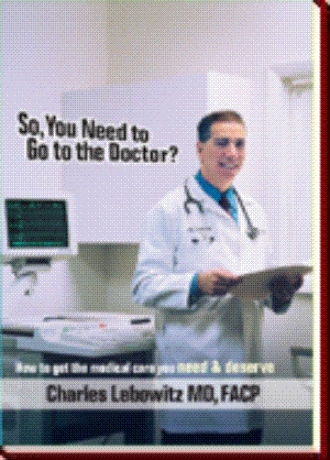HEART DISEASE
I have a number of exam rooms in my office. Patients are examined first by a nurse and have their vital signs (blood pressure, pulse, and temperature) taken. They also tell the nurse what their problem is and this is written into the chart. Then, when I come into the exam room, the patient will be ready for me to examine. This is how it was on a Wednesday morning, in August. The heat of the day was evident early in our Florida morning. The humidity was high as was the temperature. The air conditioner was on full blast and it wasn’t even 9:00 am. As I entered the next exam room, Mr. Harrison was on the exam table. He was with his wife in the room and she had a worried look on her face.
He was a Marine and 43 years old. He was obviously still in good shape. He participated in the Marines physical conditioning programs, on a regular basis. He had “muscles on his muscles”. He had a buzz haircut and his shirt was off. There were beads of sweat on his hair and dripping off his face and he said “Doc - you have to turn the air up!” The office really was quite cold and I wondered why he was so warm. I asked him “What’s doing? Why did you come in today?” He replied “My left shoulder is hurting. It’s been going off and on for a week and not getting any better. I am also feeling a little dizzy.” He told me that he went to the Marine doctor and was given some anti-inflammatory medicines and they haven’t helped. I asked him about the pain. “Does it hurt when you move your arm or is the pain constant?” He replied that “moving my arm doesn’t make it any worse. It seems to get bad when I walk or run.” He described the area that was causing him pain. He said “The pain is in my shoulder area and I really can’t say where the pain is exactly. It also seems to go into my left neck and my jaw. Maybe it’s a toothache?”
At that point, I started to become suspicious that something other than a strained shoulder was happening. I peeked my head out of the door and asked my nurse to perform an EKG (electrocardiogram). While the nurse was doing this procedure, I was able to talk to the patient and his wife. I asked, “Do you still smoke cigarettes?” I knew that he did, I was able to smell tobacco on his body. I also knew that he had high blood pressure and didn’t like to take his medications. He viewed having high blood pressure as a weakness. He wasn’t the type of man to have any weaknesses. I asked his wife about his diet. She stated, “He likes his meat and potatoes - he needs to be strong.” His family history didn’t help me very much. His father had died in a military training accident at a young age. His mom was still alive, but he didn’t know about any of her medical problems. He was an only child. He and his wife had 4 children and they were all in school today.
I looked at the EKG. I was able to see it upside down as it came out of the machine. Even looking at it from that viewpoint, I was able to see it wasn’t normal. My suspicions were confirmed. The EKG showed elevations of the ST segments. This is part of the EKG waveform that would show decreased blood flow to a particular area of the heart. The segment of this EKG was for the front of the heart. We call this pattern of waveforms “tombstones,” because it looks like a grave marker as well as its high potential for death. He then told me, “Doc, the pain is getting a little worse. It feels like my whole left arm is being squeezed in a vise.” He was sweating and appeared a little ashen and short of breath.


